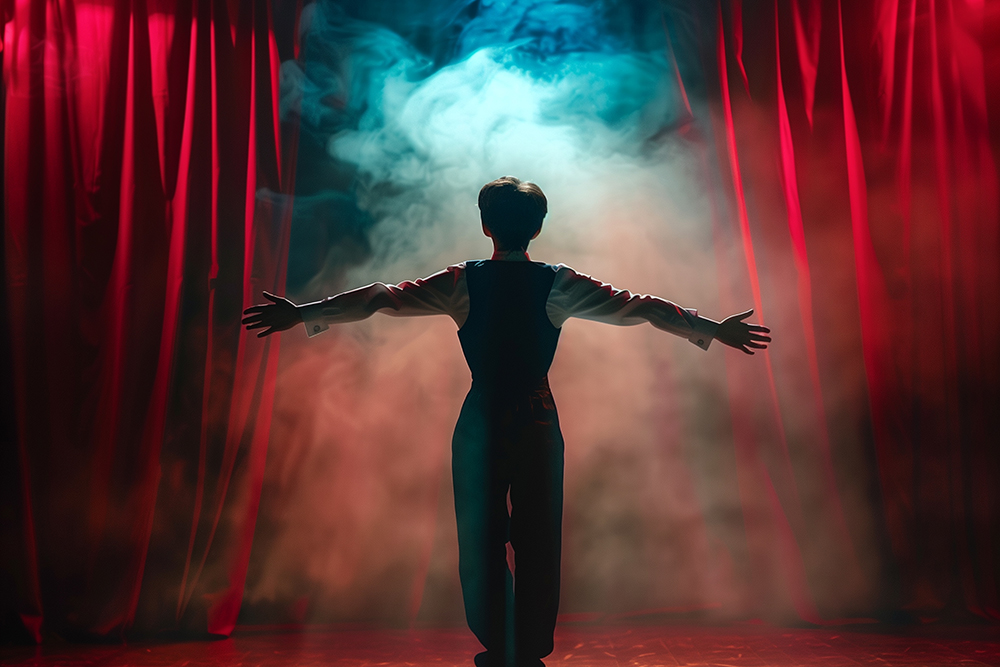
In this short history of lawn bowls, Yesterdays columnist NICHOLE OVERALL pays tribute to the survival of the Queanbeyan Bowling Club, which turns 90 this month.
“We still have time to finish the game and to thrash the Spaniards, too.”

Such was the response to the interruption of a lawn bowls match the explorer Sir Francis Drake was competing in as the Spanish Armada threatened the English coastline in 1588.
Or so the legend goes.
The British Navy indeed prevailed and the sport, popularised by ancient civilisations, spread further: from the moors of Scotland where its rules were cemented in the mid-19th century, to the shores of colonial Tasmania in 1844.
Australia’s introduction 180 years ago saw its first bowling green laid “at the back of Beach Tavern” in the Apple Isle’s aptly named Sandy Bay.
Ninety years on, in 1934 Queanbeyan launched its inaugural bowling club in a paddock where the local constabulary had kept their horses; a prime position alongside the main thoroughfare, Monaro Street.
For a sport perhaps more known for its former requirement that players be fully donned in white – including the gloves and stockings of the ladies – just as its broader background is more colourful, so too, is its regional story.
In celebrating its 90th anniversary, the Queanbeyan Bowling Club is marking such highlights as its medal-winning Commonwealth Games athletes (most notably, Ken Woods), its significant female firsts, an influx of Canberrans and an Australian rugby union representative to boot.
It was five years into the Great Depression when accomplished sportsman and Queanbeyan Town Clerk from 1932, Patrick “Paddy” Carew, “spared no effort” to bring the game to town.

Paddy was born a Queenslander, one of five equally sporting boys (he’d be dad to five girls on marrying a daughter of “Father of Australian Boxing”, Larry Foley). A state and national rugby rep, named in the Sunshine State’s Gallery of Great Players, he was also a first-class cricketer, in 1903 “setting the record highest individual score in Queensland district cricket”.
Along with being a handy golfer and boxer, bowling would become another passion, earning him numerous Queanbeyan and Canberra club titles.
Over in the national capital, “Hostel No. 1” – today, The Hyatt hotel – had opened in 1925/26 with a bowling green and a croquet lawn for the exclusive use of its guests. Within five years, Canberra boasted two clubs. As interest grew in tandem with the nation’s capital, a third – Canberra South – was added in 1951, its clubhouse designed by much-lauded Austrian-born architect Harry Seidler.
From Queanbeyan’s unveiling of its green and a weatherboard and corrugated-iron roofed clubhouse, its membership of 71 in its first decade grew almost tenfold as it looked to a new century.
The club survived drought – a 20-foot-deep well (six metres) dug on the advice of a “water diviner”, covered over on hitting solid rock – its clubhouse reduced to cinders in 1969, and fluctuating financial fortunes. This would change with a new “one-armed” conscript: poker machines in 1947.
Expanding from two to 26 in the ensuing 50 years, competing with the capital’s clubs was rarely easier: given a chequered history of legality, the ACT didn’t lift its ban on the “fruit machines” until 1975, “primarily to discourage the growing patronage of nearby NSW clubs by Canberra residents and the subsequent loss of revenue.”
Initially, Canberra and Queanbeyan formed part of the Federal District Bowling Association (1928) also taking in Yass, Goulburn, Cooma – and the “Kenmore Mental Hospital”.
Although long derelict, that historic property retains its bowling green, added in 1931 to provide “a regular form of entertainment for the benefit of patients.”
Unusually, Kenmore residents also enjoyed “mixed games” between the sexes, with reports stating “women will become so adept at the game that they score in future at the expense of their more sturdy opponents.”
Melbourne has the oldest surviving bowls club, celebrating 160 years, but the first women’s match – also a Victorian affair – wasn’t until 1881 in Stawell.
Even when “ladies clubs” began to appear from the early 1900s, it was generally through the auspices of the blokes’ organisations.
Queanbeyan women lined up the jack under their own steam from 1952, while the Canberra Women’s Bowling Club appeared in Kingston five years later (winding up in 1992).
Both of these female-only clubs were trailblazers in the broader region in establishing “their own clubhouse and identity” – no longer having to deal with such things as complaints from male bowlers about “lipstick on tea cups”!
And the final “kiss” then goes to the women on President’s Day, February 22, 1987: “The members of today are creating the history of tomorrow”.
Nichole Overall is a social historian and journalist. She can be heard co-hosting the CityNews Sunday Roast program, 9am-noon, on 2CC.
Who can be trusted?
In a world of spin and confusion, there’s never been a more important time to support independent journalism in Canberra.
If you trust our work online and want to enforce the power of independent voices, I invite you to make a small contribution.
Every dollar of support is invested back into our journalism to help keep citynews.com.au strong and free.
Thank you,
Ian Meikle, editor




Leave a Reply